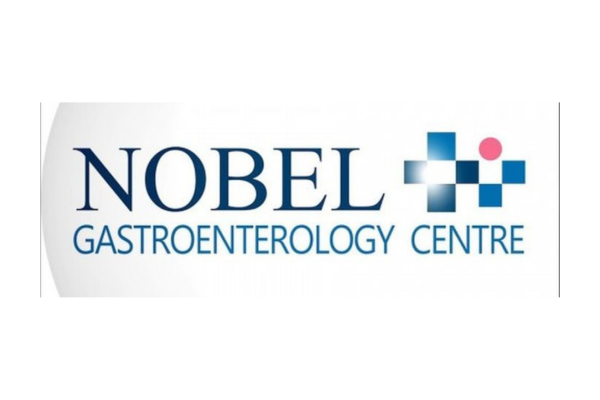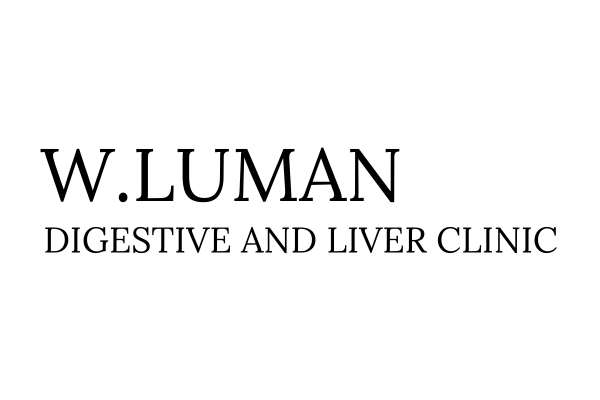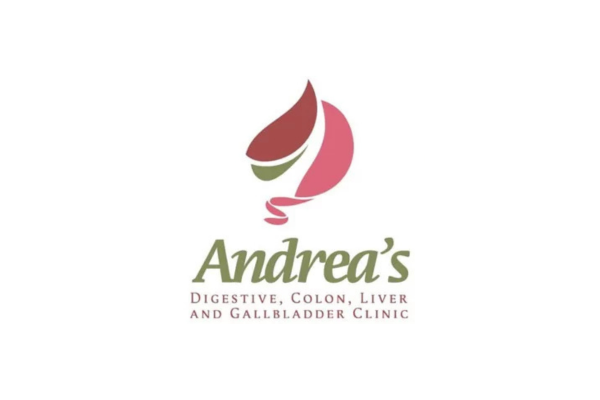Crohn's disease is a chronic inflammatory bowel diseases that affect the digestive tract. They can cause a range of symptoms, including abdominal pain, diarrhea, fatigue, and weight loss.
Symptoms
The symptoms of Crohn's disease can vary greatly among individuals and may change over time, depending on the location and severity of the inflammation. Common symptoms include:
Abdominal Pain and Cramping: Pain is often felt in the lower right abdomen, but it can occur anywhere in the belly. It may be accompanied by cramping.
Diarrhea: Frequent loose stools are a hallmark symptom, which may be persistent or intermittent. In some cases, diarrhea can be bloody.
Fatigue: Chronic inflammation and nutrient malabsorption can lead to persistent fatigue and a general feeling of weakness.
Weight Loss: Unintentional weight loss is common, often due to decreased appetite, malabsorption of nutrients, and ongoing diarrhea.
Nausea and Vomiting: These symptoms may occur, especially during flare-ups or if the intestinal obstruction occurs.
Fever: Low-grade fever may be present during flare-ups or due to inflammation.
Mouth Sores: Ulcers can develop in the mouth, making eating and swallowing painful.
Reduced Appetite: Individuals may experience a decrease in appetite, contributing to weight loss and nutritional deficiencies.
Rectal Bleeding: Inflammation can lead to bleeding from the rectum, which may be seen in stools.
Joint Pain: Some people may experience arthritis or joint pain as an extraintestinal manifestation of Crohn's disease.
Skin Problems: Skin lesions or sores may occur in some patients.
Growth Delays: In children, Crohn's disease can lead to growth delays and delayed puberty due to malnutrition.
Risk Factors
Family History: A family history of Crohn's disease or other inflammatory bowel diseases increases the risk. Genetic factors play a significant role in susceptibility.
Age: Crohn's disease can occur at any age, but it is most commonly diagnosed in adolescents and young adults, typically between the ages of 15 and 35.
Smoking: Smoking is a significant risk factor for the development of Crohn's disease and can exacerbate its severity.
Geographic Location: Crohn's disease is more common in developed countries, particularly in urban areas and northern climates. It is also more prevalent in specific ethnic groups, such as Ashkenazi Jews.
Diet: Diets high in processed foods, sugar, and fat, along with low fiber intake, may contribute to the risk of developing Crohn's disease. However, the exact role of diet in its onset is still being studied.
Other Autoimmune Diseases: Individuals with other autoimmune diseases, such as rheumatoid arthritis, lupus, or multiple sclerosis, may have an increased risk of developing Crohn's disease.
Previous Gastrointestinal Infections: Certain infections may trigger Crohn's disease or exacerbate its symptoms in susceptible individuals.
Diagnosis
Blood Tests: Blood tests can help identify signs of inflammation, anemia, and infection, which are common in Crohn’s disease.
Stool Tests: Stool samples are analyzed to rule out infections and assess for blood or inflammation markers. Fecal calprotectin or lactoferrin levels may be elevated in people with Crohn's and help distinguish it from irritable bowel syndrome (IBS).
Magnetic Resonance Imaging (MRI) or CT Scan: Cross-sectional imaging can provide a detailed view of the intestines and help detect inflammation, abscesses, strictures, or fistulas.
Magnetic Resonance Enterography (MRE): This specialized MRI for the small intestine is particularly useful for diagnosing Crohn’s disease and assessing the extent and severity of inflammation.
CT Enterography: Like MRE, this test provides detailed images of the small intestine, helping to identify abnormalities associated with Crohn’s disease.
Ultrasound: In some cases, an abdominal ultrasound can help visualize inflammation and other signs of Crohn's, though it’s less commonly used than MRI or CT for Crohn’s diagnostics.
Colonoscopy: A colonoscopy allows the doctor to examine the entire colon and terminal ileum (the last part of the small intestine). During this procedure, a flexible tube with a camera is inserted through the rectum, allowing the doctor to visualize inflammation, ulceration, or other abnormalities. Biopsies of the intestinal lining are usually taken to look for microscopic signs of Crohn’s disease, such as granulomas (clusters of immune cells).
Upper Endoscopy: This procedure can examine the upper digestive tract, including the esophagus, stomach, and duodenum (the first part of the small intestine). It’s used when Crohn’s symptoms affect the upper gastrointestinal system.
Capsule Endoscopy: When Crohn’s disease is suspected in the small intestine, a capsule endoscopy may be recommended. The patient swallows a small camera in a capsule form, which takes thousands of pictures as it travels through the digestive tract. This method is particularly helpful for visualizing areas of the small intestine that are hard to reach with a traditional endoscope.
Intestinal Biopsy: During an endoscopic procedure, small samples (biopsies) of the intestinal lining are taken. Examining these under a microscope can help confirm the presence of Crohn’s disease by identifying specific signs, such as chronic inflammation and granulomas.
Histology: The pathologist will look for tissue damage, changes in the structure of cells, and inflammatory patterns unique to Crohn’s disease.
Treatment Options
Medications
Anti-Inflammatory Drugs: These are usually the first line of treatment to reduce inflammation in the intestines.
Aminosalicylates (5-ASAs): Such as mesalamine (Pentasa, Asacol) or sulfasalazine, can be used for mild-to-moderate inflammation, especially in the colon. They are less commonly used for Crohn’s than for ulcerative colitis, but can still be effective in some cases.
Corticosteroids: Prednisone and budesonide are powerful anti-inflammatory drugs often prescribed for short-term use during flare-ups to quickly reduce inflammation. Long-term use is avoided due to side effects like weight gain, osteoporosis, and increased risk of infections.
Immunomodulators: These drugs suppress the immune system to reduce inflammation.
Azathioprine (Imuran), mercaptopurine (6-MP), and methotrexate are commonly used immunosuppressants for Crohn’s. They help maintain remission and are typically prescribed for patients who don’t respond to other treatments or require long-term maintenance therapy.
Biologic Therapies: Biologics are newer treatments targeting specific components of the immune response. They’re often used in moderate to severe Crohn’s when other treatments haven’t worked.
Anti-TNF agents: Drugs like infliximab (Remicade), adalimumab (Humira), and certolizumab (Cimzia) block tumor necrosis factor (TNF), a protein involved in inflammation.
Anti-Integrin Agents: Vedolizumab (Entyvio) blocks certain white blood cells from entering inflamed tissues in the gut.
Interleukin Inhibitors: Ustekinumab (Stelara) blocks specific proteins (IL-12 and IL-23) involved in inflammation.
Janus Kinase (JAK) Inhibitors: Tofacitinib (Xeljanz) is another option that interferes with the immune response and may be used in severe cases, although it’s more common in ulcerative colitis.
Antibiotics: Antibiotics, like metronidazole or ciprofloxacin, may be used to treat infections or complications such as abscesses and may reduce bacterial load and intestinal inflammation.
Surgery
Resection: If medications are ineffective, surgery to remove the damaged sections of the intestine may be necessary. Resection surgery removes the affected segment and then reconnects the healthy sections. Though surgery doesn’t cure Crohn’s, it can lead to symptom relief and prolonged remission.
Strictureplasty: This procedure widens narrowed sections of the intestine without removing any part of it, which can be useful when the intestines become blocked or narrowed due to scar tissue.
Drainage of Abscesses: Abscesses, which are infected pockets of pus, may need to be surgically drained if they don’t respond to antibiotics.
Fistula Repair: Fistulas (abnormal connections between different parts of the intestine or other organs) often require surgical repair to prevent infection and improve quality of life.
Proctocolectomy and Ileostomy: In severe cases where other treatments have failed, removing the colon and rectum may be necessary, with an ileostomy created to divert waste outside the body.





